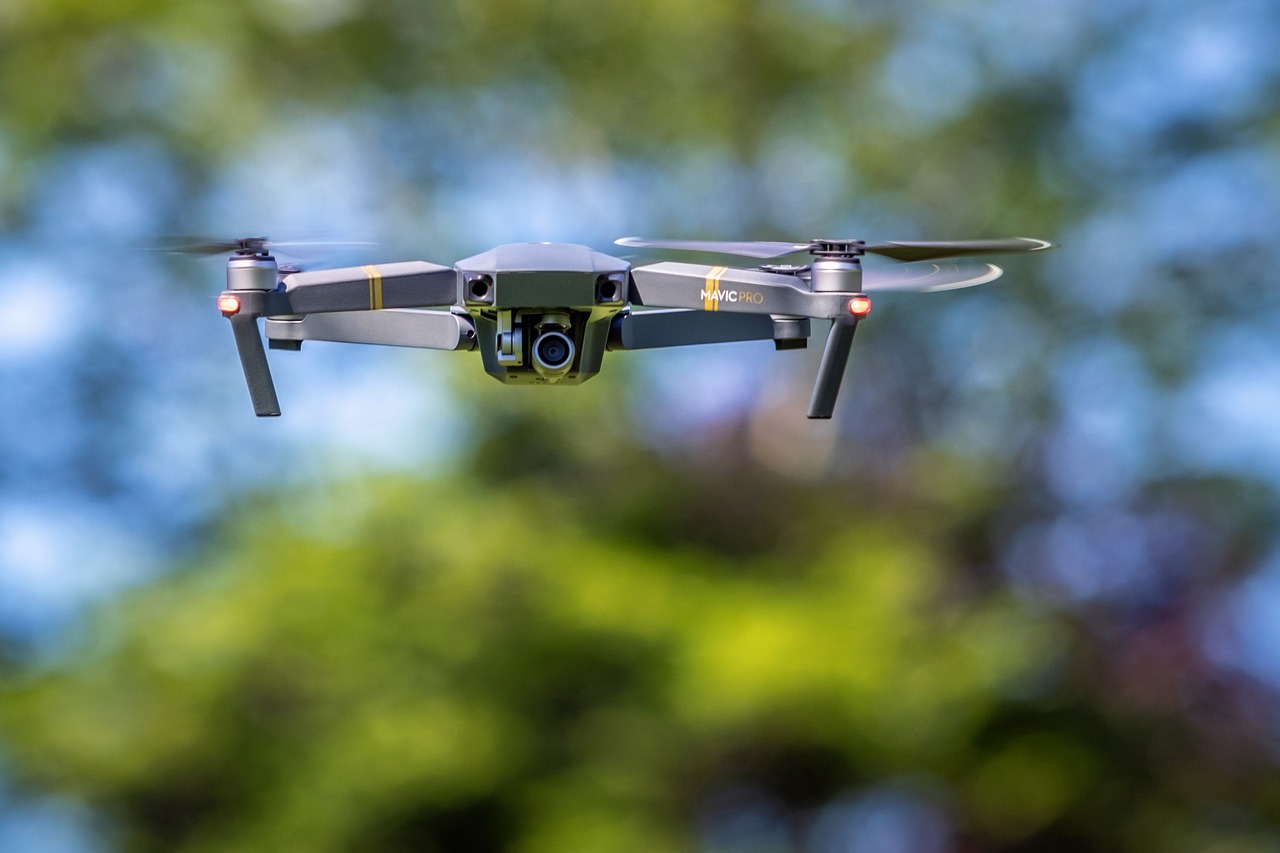The Role of Tech in Climate Adaptation: Weather Forecasting, Disaster Preparedness, and Agricultural Resilience
Technological advancements play a crucial role in the global efforts to combat climate change. These innovations provide tools for monitoring environmental trends, predicting future scenarios, and developing sustainable solutions. From renewable energy sources to carbon capture technologies, these advancements are essential in mitigating the impact of climate change on our planet.
Moreover, the use of big data analytics and artificial intelligence helps in analyzing complex climate patterns and identifying areas at risk of environmental degradation. By harnessing the power of technology, scientists and policymakers can make informed decisions to implement effective strategies for reducing greenhouse gas emissions and promoting environmental conservation. Ultimately, embracing technological advancements is key to fostering a more sustainable future for generations to come.
Innovative Solutions for Monitoring and Predicting Weather Patterns
Weather patterns are becoming increasingly unpredictable and extreme due to climate change. To address this challenge, innovative solutions for monitoring and predicting weather patterns have become essential. Advanced technologies such as artificial intelligence, machine learning, and big data analytics are now being employed to collect, analyze, and interpret vast amounts of weather data in real-time.
One such solution is the use of unmanned aerial vehicles (UAVs) or drones to gather high-resolution data from the atmosphere. These drones equipped with sensors and cameras can capture information on temperature, humidity, wind speed, and air pressure at various altitudes. By utilizing UAVs, meteorologists can enhance their ability to forecast weather events accurately and provide timely warnings to communities at risk.
How do technological advancements help in monitoring and predicting weather patterns?
Technological advancements such as satellite imagery, radar systems, and computer models provide real-time data and analysis, allowing meteorologists to track weather patterns and make more accurate predictions.
Why is it important to monitor and predict weather patterns?
Monitoring and predicting weather patterns is essential for early warning systems, disaster preparedness, and understanding the impact of climate change. It helps us stay safe and adapt to changing weather conditions.
What are some innovative solutions being used for monitoring and predicting weather patterns?
Some innovative solutions include the use of artificial intelligence and machine learning algorithms for data analysis, as well as drones and IoT devices for collecting real-time weather data. These technologies help improve the accuracy of weather forecasts.
How can individuals contribute to monitoring and predicting weather patterns?
Individuals can contribute by reporting weather observations to organizations like the National Weather Service, participating in citizen science projects, and staying informed about weather updates through apps and websites. By being aware and prepared, we can all play a role in monitoring and predicting weather patterns.





